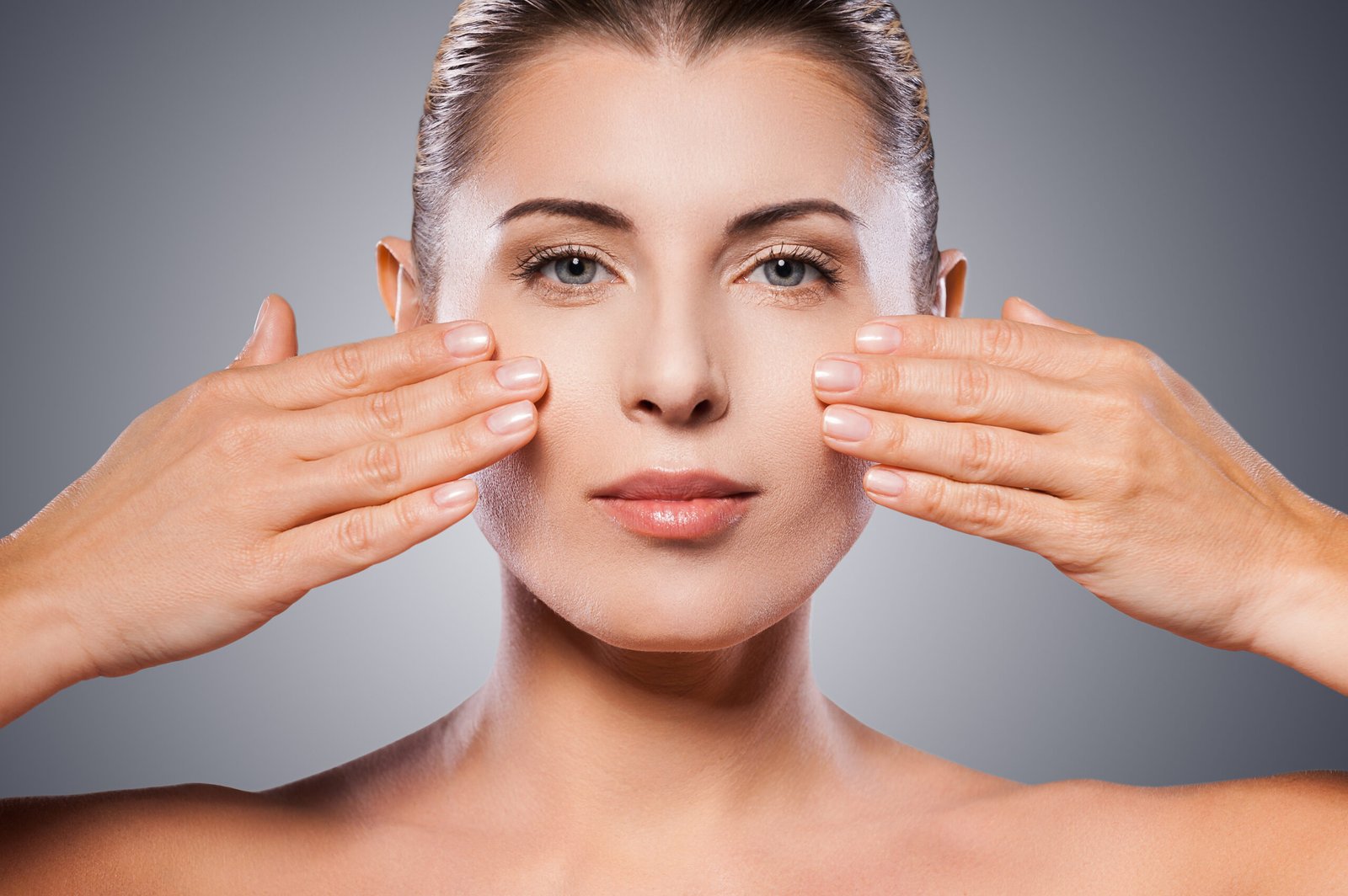Retin-A, a brand name for tretinoin, is a powerful derivative of vitamin A that has been extensively studied and used for decades in dermatology. It’s renowned for its effectiveness in treating wrinkles, fine lines, and other signs of skin aging. If you’re looking to incorporate Retin-A into your skincare routine, this guide will walk you through its benefits, how to use it properly, and tips for maximizing its effectiveness while minimizing potential side effects.
What Is Retin-A (Tretinoin)?
Retin-A (tretinoin) is a topical medication belonging to the retinoid family, which is derived from vitamin A. It works by accelerating cell turnover, stimulating collagen production, and improving skin texture and tone. As a result, it’s highly effective in reducing fine lines, wrinkles, and hyperpigmentation, making it a popular choice for those seeking to combat skin aging.
Benefits of Retin-A for Skin Aging
- Reduces Fine Lines and Wrinkles: By promoting collagen production and increasing cell turnover, Retin-A helps smooth out fine lines and wrinkles, making the skin look younger and more vibrant.
- Improves Skin Texture and Tone: Retin-A helps to exfoliate the skin, leading to a smoother and more even complexion.
- Fades Hyperpigmentation: It can lighten dark spots and even out skin tone by reducing melanin production.
- Prevents Acne: Retin-A is also commonly used to treat and prevent acne, which can improve the overall appearance of the skin.
How to Use Retin-A (Tretinoin) for Wrinkles and Skin Aging
- Start Slowly
If you’re new to Retin-A, it’s important to introduce it gradually to minimize irritation. Begin by applying it every other night or even just two to three times a week. As your skin builds tolerance, you can increase the frequency to nightly use. - Apply a Pea-Sized Amount
A little goes a long way with Retin-A. Use only a pea-sized amount to cover your entire face. Applying more than this can increase the risk of irritation without providing additional benefits. - Use on Clean, Dry Skin
After cleansing your face, make sure your skin is completely dry before applying Retin-A. Applying it on damp skin can increase irritation. Wait about 20-30 minutes after washing your face before applying the product. - Moisturize
Retin-A can be drying, so it’s important to use a good moisturizer to keep your skin hydrated. You can apply a moisturizer after the Retin-A has absorbed into your skin, or you can apply it before if your skin is particularly sensitive (this method is known as the “sandwich method”). - Apply Sunscreen Daily
Retin-A can make your skin more sensitive to the sun, so it’s crucial to use a broad-spectrum sunscreen with an SPF of 30 or higher every day, even on cloudy days. This will protect your skin from UV damage and prevent further aging. - Avoid Using Other Harsh Products
While using Retin-A, it’s best to avoid other potentially irritating products, such as exfoliants, astringents, or products containing benzoyl peroxide or alpha hydroxy acids (AHAs). These can increase the likelihood of irritation. - Be Patient
Retin-A is highly effective, but it takes time to see results. It can take anywhere from 8 to 12 weeks to start noticing significant improvements in your skin. Consistency is key, so stick with it and give the product time to work.
Common Side Effects and How to Manage Them
- Dryness and Peeling: This is the most common side effect. To manage it, ensure you’re moisturizing regularly, and consider using the “sandwich method” to reduce dryness.
- Redness and Irritation: If you experience redness or irritation, reduce the frequency of application until your skin adjusts. Using a gentle, hydrating cleanser and avoiding harsh skincare products can also help.
- Increased Sensitivity to Sun: Always use sunscreen and wear protective clothing when outdoors.
Who Should Avoid Retin-A?
While Retin-A is effective for many people, it may not be suitable for everyone. Pregnant or breastfeeding women should avoid using Retin-A, as it’s a derivative of vitamin A, which can be harmful in large amounts. Those with very sensitive skin or certain skin conditions should consult a dermatologist before using Retin-A.
Conclusion
Retin-A (tretinoin) is a powerful ally in the fight against wrinkles and skin aging. With its ability to boost collagen production, improve skin texture, and reduce fine lines, it’s a cornerstone of many anti-aging skincare routines. By starting slowly, moisturizing regularly, and protecting your skin from the sun, you can enjoy the benefits of Retin-A while minimizing side effects. Remember, patience and consistency are key to achieving the best results with this potent treatment.
4o
